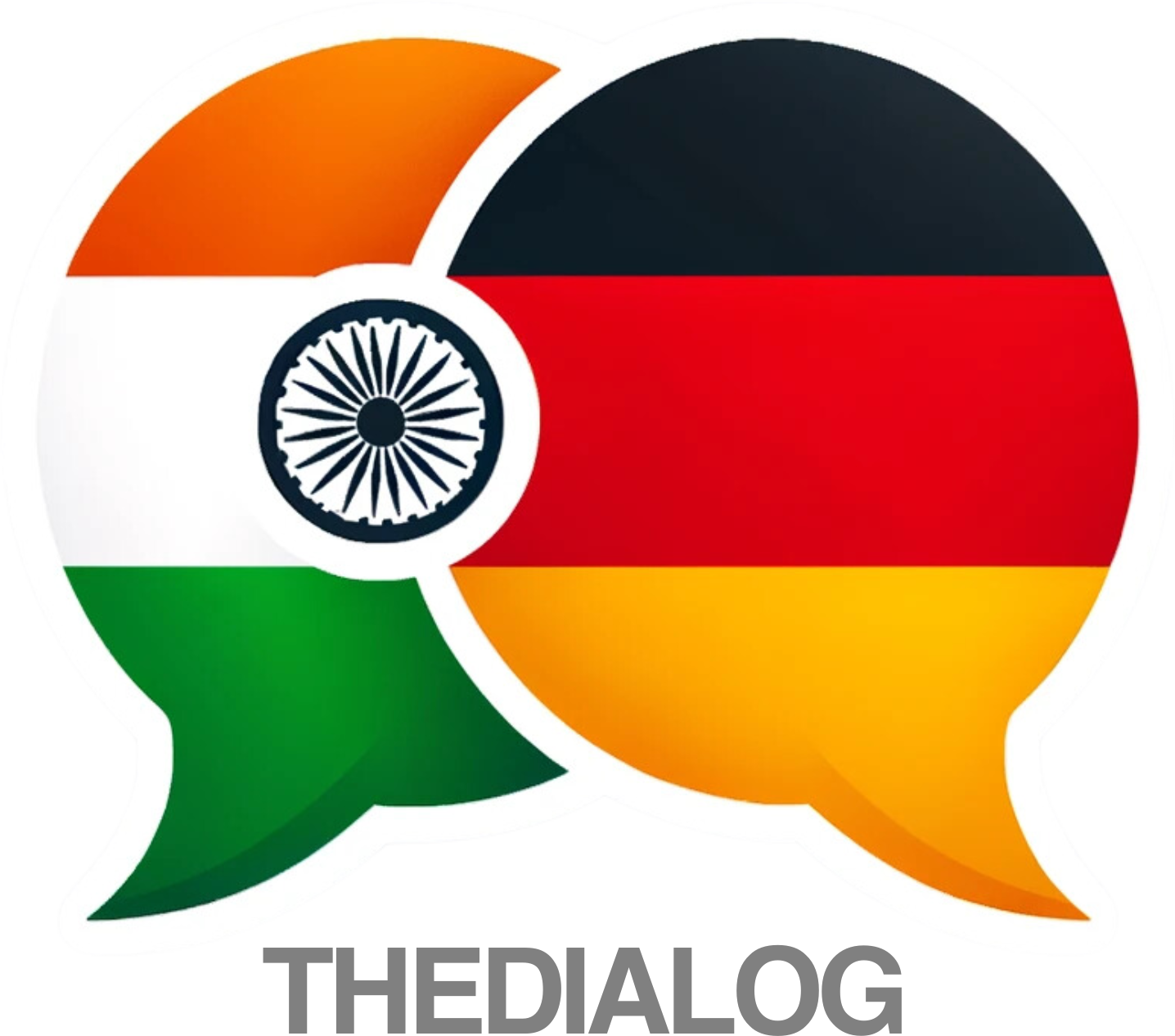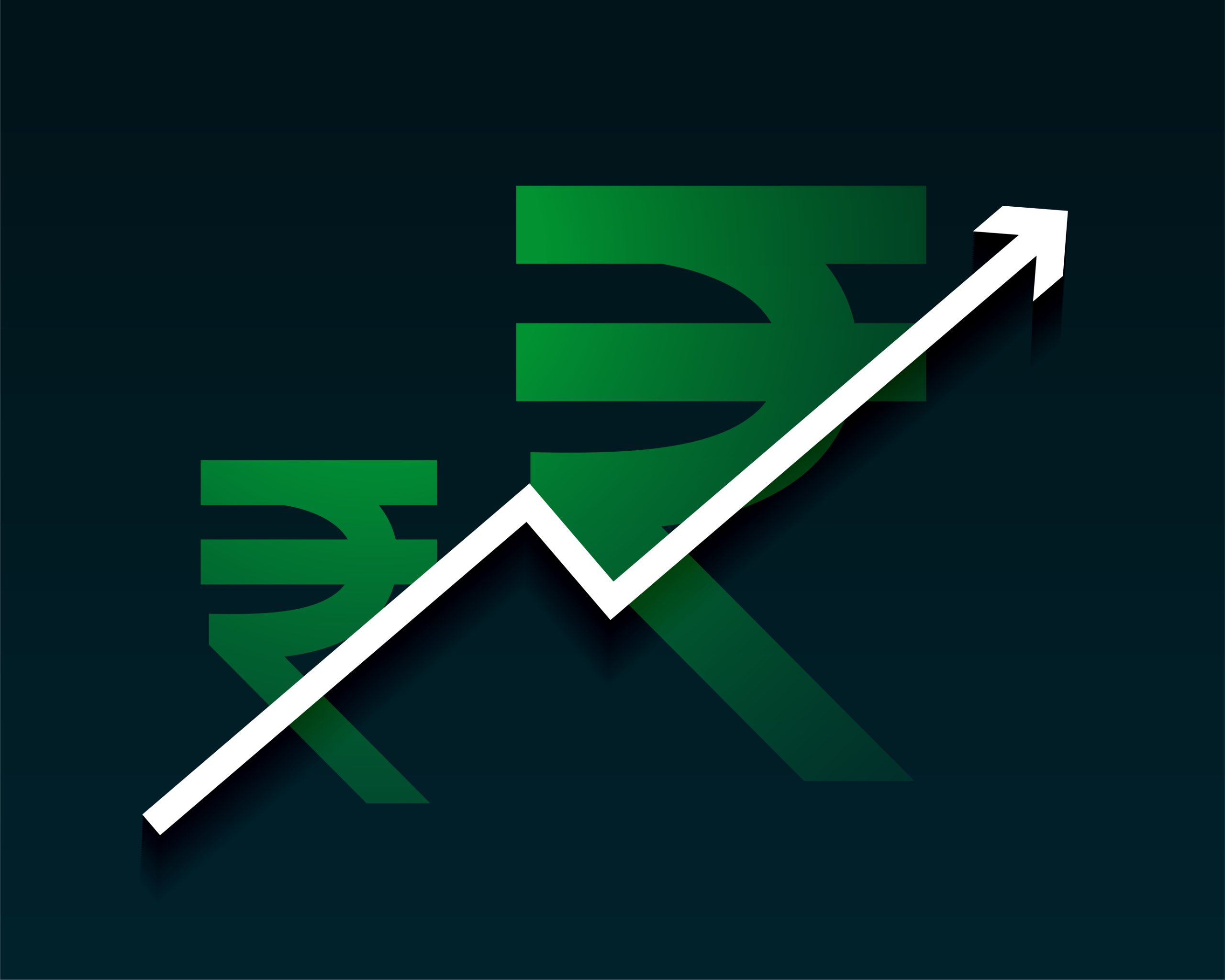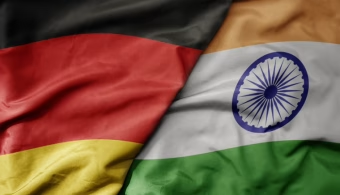India has climbed the global ranks to become the world’s fourth most equal society in terms of income distribution, according to the World Bank’s latest figures. The country’s Gini Index—a key metric for measuring inequality—has improved significantly to 25.5, placing India ahead of major advanced economies and highlighting the impact of policy-driven social welfare programs over the past decade.
Among the World’s Most Equal Societies
The World Bank’s newly released data for 167 countries shows India trailing only the Slovak Republic, Slovenia, and Belarus in income equality. In contrast, nations like China (35.7), the United States (41.8), and other G7 and G20 economies continue to grapple with higher inequality levels.
A government statement described India’s improved ranking as evidence that economic growth is being distributed more equitably among its citizens. Officials attributed this progress to persistent efforts in poverty alleviation, expanding financial services to underserved communities, and deploying welfare schemes directly to beneficiaries.
Steep Fall in Poverty Levels
A key factor behind India’s rising equality has been a sharp reduction in poverty rates. As per the World Bank’s Spring 2025 Poverty and Equity Brief, approximately 171 million people have been lifted out of extreme poverty between 2011 and 2023. During this period, the share of Indians living on less than $2.15 per day plunged from 16.2% to just 2.3%.
“This steady shift demonstrates India’s success in pairing economic expansion with social progress,” the government’s release noted.
India’s Gini Score Sees Significant Improvement
The Gini Index ranges from 0, indicating perfect equality, to 100, which signals absolute inequality where a single individual holds all income or wealth. India’s current score of 25.5 marks a considerable improvement from 28.8 in 2011. The World Bank now categorizes India in the “moderately low” inequality bracket, which includes scores between 25 and 30. The country is close to joining the “low inequality” category.
Globally, only around 30 nations fall into this moderately low inequality group, which typically includes welfare-rich European states like Iceland, Norway, Finland, and Belgium, as well as rapidly developing economies like Poland and wealthier nations such as the United Arab Emirates.
Government Initiatives Fueling Change
India’s progress has been closely tied to government initiatives that focus on inclusive growth. Major flagship programs have played a pivotal role:
PM Jan Dhan Yojana: This financial inclusion initiative has resulted in over 550 million bank accounts, bringing banking services to previously unbanked populations.
Aadhaar and Direct Benefit Transfers (DBT): India’s digital identification system now covers over 1.42 billion individuals, enabling targeted welfare delivery. DBT has reportedly saved the government ₹3.48 lakh crore as of March 2023 by reducing leakage and ensuring subsidies reach intended recipients.
Ayushman Bharat: The national health insurance scheme offers ₹5 lakh health coverage per family and has distributed more than 410 million health cards.
Stand-Up India and PM Vishwakarma Yojana: These programs support entrepreneurship among SC/ST communities, women, and artisans by offering financial assistance, training, and loans.
PMGKAY (Pradhan Mantri Garib Kalyan Anna Yojana): India’s massive food security scheme has benefitted over 800 million citizens.
Government sources emphasized that these schemes collectively “help bridge social gaps, support livelihoods, and ensure economic progress benefits all segments of society.”
A Model of Growth and Fairness
Officials stressed that India’s path to greater equality is not merely statistical but reflects tangible improvements in people’s lives—from access to food and banking to healthcare and economic opportunities. “India has shown that economic reforms and social protection can go hand in hand. Growth and equity are not mutually exclusive, but rather, they reinforce each other,” the statement noted.
As countries worldwide seek strategies to achieve equitable development, India’s experience stands out as a model demonstrating that reducing inequality can be compatible with sustained economic growth.



